A Century of Candles, Lubricants, and More: The Enduring Uses of Petroleum Jelly and Paraffin Wax
For over 150 years, petroleum jelly and paraffin wax have quietly improved the lives of people across the globe through their diverse applications. Though often taken for granted as household staples today, the unique properties of these hydrocarbon byproducts have consistently driven innovation since their widespread commercial production began in the mid-1800s.
Let’s take a fun, informative stroll through history to explore petroleum jelly and paraffin wax’s many roles that have cemented their indispensable status. From antiquity to modern times, civilizations worldwide have benefited from these materials’ versatile solutions.
Candle-Making Through the Millennia
The history of illumination is intimately tied to wax, with candles being a primary lighting source for most of humanity. Ancient Egyptians, Greeks, and Romans crafted primitive dipped candles from plant and animal waxes thousands of years ago. However, it wasn’t until paraffin wax entered the scene that candles truly came into their own.
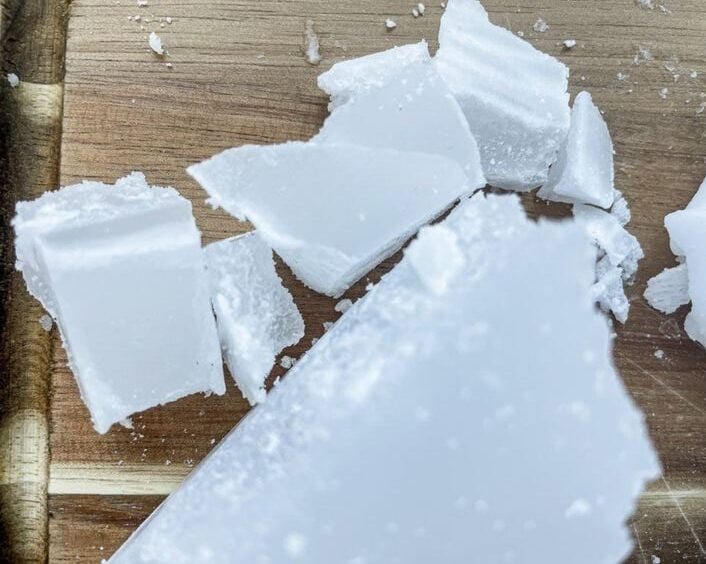
Early Experimentation with Petroleum
In the mid-1800s, chemists began experimenting with distilling lubricating oils from coal and petroleum. Scottish chemist James Young was among the pioneers to notice a semi-solid wax could be isolated from the process. With a higher melting point than natural waxes, this “paraffin wax” held more promise for molded candle-making.
By 1850, Young had perfected wax extraction and built Scotland’s first large paraffin works. Candle molds replaced dipping, and production skyrocketed. Paraffin’s advantages like uniform shape and brighter, cleaner burn compared to tallow made it hugely appealing. Industries flourished as lighting advanced from the candle’s golden age.
Expanding Markets and Production
As paraffin wax manufacturers took off, competition drove process improvements. The 1880s saw oil baron John D. Rockefeller enter the fray. His Standard Oil Company developed advanced fractional distillation allowing cheaper, higher-purity wax at a massive scale. This ushered candles into every Victorian parlor and lit countless nighttime hours until electricity emerged.
While electric lights gradually replaced candles in the 20th century, paraffin wax found enduring roles elsewhere. Religious institutions continue wax tapers’ symbolic tradition, and ambiance keeps candle culture alive globally. The need for illumination truly ignited paraffin wax’s versatile nature.
Greasing the Wheels of Industry
Mechanization powered by metal machines required sturdy lubrication, making petroleum jelly a revolutionizing innovation. Many early applications stemmed from this thick, creamy substance’s ideal friction-reducing properties.
Origins in Petroleum Refining
Like paraffin wax, petroleum jelly occurred as a natural byproduct when refining crude oil’s heavier hydrocarbons into kerosene during the 1850s. American chemist Robert Chesebrough is credited with first commercializing this Vaseline petroleum jelly in 1866. His company thrived meeting rapidly growing demand.
Industrial Applications Abound
Early adopters found it ideal for greasing machines reducing wear and tear. Steam engines, textile mills, and heavy equipment relied on its slick moisture-proof film. Firearms used it between bullets’ brass casings. Clockmakers treasured petroleum jelly keeping delicate internal parts operating smoothly. Even cars in the 1900s lubed parts with it promoting dependability.
Petroleum jelly’s breakthrough emerged from unforeseen directions like personal care and modern medicine. Its multi-faceted nature continues to adapt wonderfully whenever new applications arise. Truly, this material’s diverse talents kept progressing smoothly in motion.
A Treasure Trove of Personal Care Products
By the late 1800s, petroleum jelly’s gentle touch caught on for soothing human skin in addition to machinery. Its unique sealing-in of moisture came just as needed industrialization’s toll. Countless products followed cementing this innovation in daily routines worldwide.
Skincare Savior of the Wild West
Cowboys on the rugged cattle trails valued anything protecting skin from wind, sun, and chap. Petroleum jelly fits that criterion perfectly as an antidote to cracked, painful lips. Reports spread of its magic healing powers cherished by weathered frontiersmen.
Soon city folk took note, and cosmetics companies rushed jelly-based lip balms to eager consumers. Simultaneously, baby oil was developed by dropping cottonseeds from petroleum jelly. Such successes opened floodgates for the personal care industry dependent on its moisturizing miracle ever since.
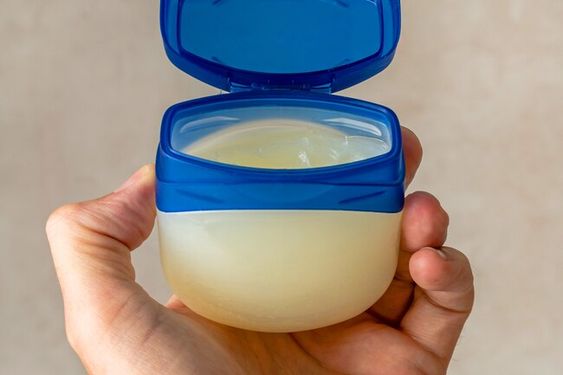
Lotion Legacies Live On
Naturally, if petroleum jelly soothed lips and skin, combining it into creams seemed a logical next step. Early lotion pioneers found jelly imparted a smooth, greaseless finish locking in hydration for hours longer than other oils. Its bland odor and color also avoided irritation in sensitive patients.
Fast forward and petroleum jelly continues headlining lotions worldwide. From Vaseline to Eucerin, its ability to replenish moisture remains unrivaled. Even hair conditioners contain jelly imparting similar benefits. People came to adore this byproduct’s tender touch like none other.
Is petroleum jelly safe for babies?
Paraffin Wax Therapies Through Time
While known better for candles, paraffin wax distinguished itself therapeutically as well in time. Ancient Chinese medicine applied warmed wax topically, recording benefits like pain relief and improved circulation millennia ago. Only when petroleum refining separated this unique wax did its healing powers fully develop.
Navid Noor, the biggest manufacturer of paraffin wax
Early Experimentation
First utilizing paraffin wax around 1830, 19th-century physicians noticed immersing hands eased joint stiffness. Soon physical therapists formalized “paraffin baths” as patients raved over relaxing effects. The natural insulation wax provided penetrates deep, soothing tired muscles clinically proven even today.
Rise of Spa Culture
Luxury resort spas of the early 1900s showcased paraffin therapies lavishly. Elaborate full-body wrapping protocols emerged keeping clients perfectly pampered. This novel self-care heightened the experience of wealth for upper-class patrons at places like The Homestead and Yellowstone Club.
Paraffin’s ability to lull both the mind and body spread its feel-good reputation far. Demand persists strongly as bundled spa packages continue reaping their soothing properties’ anti-aging merits. It’s healing high persists multi-generationally enjoyed.
Modern Materials Enable New Frontiers
Neither paraffin wax nor petroleum jelly rested on their laurels, instead, their flexible compositions empower phenomenal progress. As technology advanced in the 20th century, these innovative materials stayed at the forefront with continuously expanding applications. Their intrinsic properties found perfect synergy with nascent industries.
Pharmaceutical Ally
Petroleum jelly’s fame stems partly from its acceptance by regulatory agencies worldwide as a safe, inert pharmaceutical excipient since the 1880s. Whether coating pills to enhance palatability or composing ointment bases, its clinical-grade purity and stability benefit drug development greatly. Billions of access medications incorporate this key component yearly.
Paraffin wax also adds value as uniform melting behavior aids consistent pill manufacturing. Together they facilitate modern medicine’s ability to heal on a mass scale. Truly the impact of these byproducts on global health spreads far thicker than their textures!
What is pharmaceutical petroleum jelly?
New Frontiers in Space
Even our celestial explorations receive aid from these unsung heroes. Petroleum jelly forms the waterproof, flexible seal preventing astronaut suits from leaking during extravehicular spacewalks. Meanwhile, paraffin’s resistance to extremely cold temperatures makes it a trusted thermal insulator material for satellites and rockets braving the final frontier. Who would have guessed such simple substances could revolutionize astrophysics too?
pharmaceutical petroleum jelly manufacturer
Timeless Treasures Through the Ages
From antiquity lighting candles to today’s jettisoning pioneers into orbit, the story of paraffin wax and petroleum jelly reads akin to an adventure novel spanning history. Their discovery and development are entwined with humankind’s scientific growth, empowering myriad transitions along our ingenuity’s ever-expanding journey.
While technological fads come and pass, these materials’ intrinsic properties assure functions limited only by imagination. Flexing with society’s evolving needs, each generation finds excitement in their applications which then inspire further novelties. Such industrious ingenuity and ability to continuously improve lives earn these stalwart byproducts a special place amongst humanity’s timeless treasures.
So in closing, a toast – here’s to another 150 years of illumination, relief, and progress! May people’s reliance on paraffin wax and petroleum jelly’s magic touch remain as bright and enduring as the flames and skin they soothe. Their story exhibits what persistent innovation, collaboration, and care can achieve even with the most basic materials.

This is Kamran Malekian working in the petroleum jelly manufacturing industry for Navid Noor Company since 2013 I am eager to make content in this industry and have a good impact on professional users and people using cosmetic and pharmaceutical products.
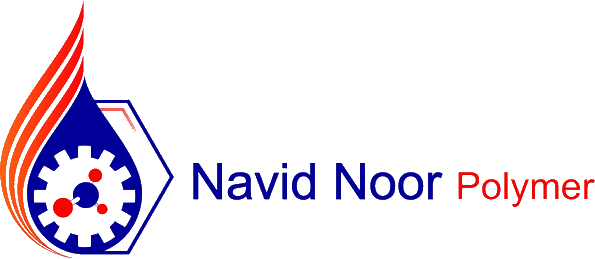
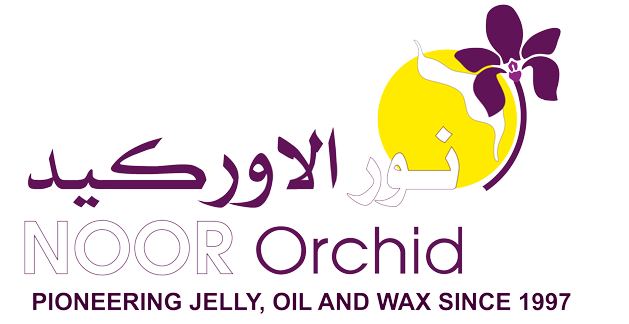





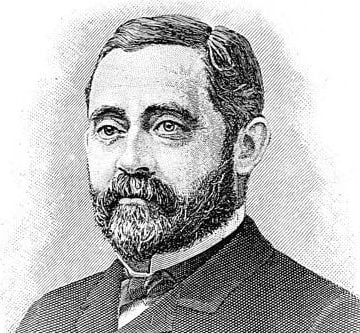


[…] under the same name that opened in 1870 in America. It was found by an American chemist called Chesebrough and he was the founder of the first Vaseline company in the world. As the producer of Vaseline in […]
[…] Robert Chesebrough developed petroleum jelly in 1859 after he witnessed oil workers using oil rig waste to cure their skin. Chesebrough improved this material and patented Vaseline in 1872. Since then, it has been utilized for a range of skin and hair care applications. […]
[…] Chesebrough’s discovery not only made petroleum jelly even more remarkable as a skin care product, but it also made it possible for it to be used in the candle-making business. Candlemakers were excited to use this new material’s special qualities and quickly saw that it could make their products work better, look better, and last longer. […]
[…] History and Applications of Petroleum Jelly and Parrafin Wax […]
[…] I consider the history of petroleum jelly, its modest origins speak to me. Originally discovered by Robert Chesebrough in 1859, this side […]
[…] research into the origins of petroleum jelly led me to its fascinating discovery in the 1850s. Robert Chesebrough, a young chemist, observed oil […]
[…] material has a rich history and complicated molecular structure that provides its adaptability. The beginnings of petroleum jelly, its chemical makeup, and the qualities that render it so beneficial in many other sectors will be […]
[…] the background of cable jelly compounds. The narrative starts in the late 19th century when Robert Chesebrough[^1] discovered petroleum jelly. Originally employed for medical needs, engineers soon saw its […]